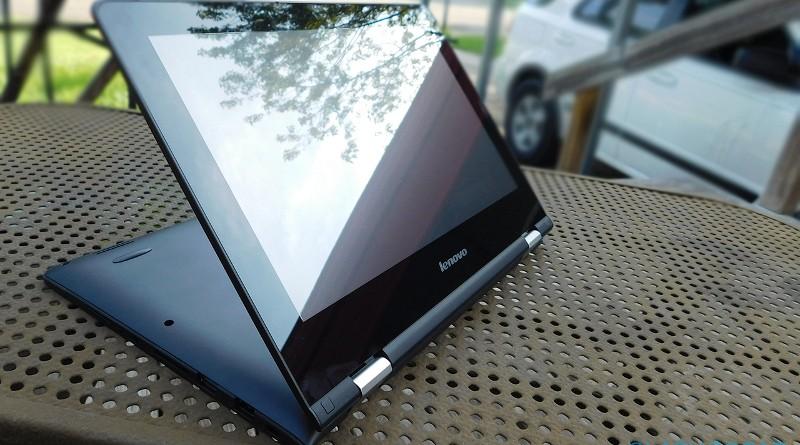


The first product DEC created and sold was its Digital Laboratory Module. In sticking with the theme of keeping expenses light (not only for customers but for the company as well), they set up shop in an old wool mill in Maynard, MA.

The plan for Digital Equipment Corporation was finalized and they received $70,000 to launch their new company. Olsen and Anderson also knew that these interactive machines could be made and sold cheaper, which would be another major draw for researchers and scientists who were craving the technology.Īfter creating their original business plan, Olsen and Anderson were advised to shift the focus of their company from one around “computers” to instead one focused on “equipment.” There were just too many concerns from investors about the future of computing, and so that’s what they did. They took notice of how popular the interactive computing machines were with students who visited the lab, as opposed to the batch processing machines that users couldn’t input data into or use for real-time feedback. While working together in the Lincoln Laboratory at MIT, Ken Olsen and Harlan Anderson came up with the idea for DEC. It ends in roughly 1998 with the selling of the company to Compaq. The Impressive (and Tragic) History of DEC in ComputingĭEC’s story begins in 1957 with two men at MIT who had a theory and an idea for a business. In order to understand how DEC eventually lost it all, it’s important to take a look back at how it all began and why such a monumental shift in the computing industry could’ve been missed by such a critical leader in the space. So, what happened to DEC? Why did all the success and industry dominance they had for roughly three decades just suddenly slip away? Most argue that it was a failure of the company’s leadership to adapt to the changing direction that computing began to take in the late 1980s.
#Magic engine bios software#
In addition to its extensive lines of minicomputers, it also became involved with software as well as the internet (in the very, very early days of the internet). DEC introduced a mid-range computing solution, the minicomputer, at a time when the alternative was too bulky and costly for most people. But flash back a few decades, and the leaders of those companies all would’ve gladly bowed down to Digital Equipment Corporation, or DEC, who began paving the way for everyone starting in 1957.ĭEC identified a demand for more affordable and high-performing computing systems that could be used in scientific research and other technological settings. When you think of leaders in the computing industry, your first thoughts probably turn to companies like Apple, Microsoft, and IBM.


 0 kommentar(er)
0 kommentar(er)
